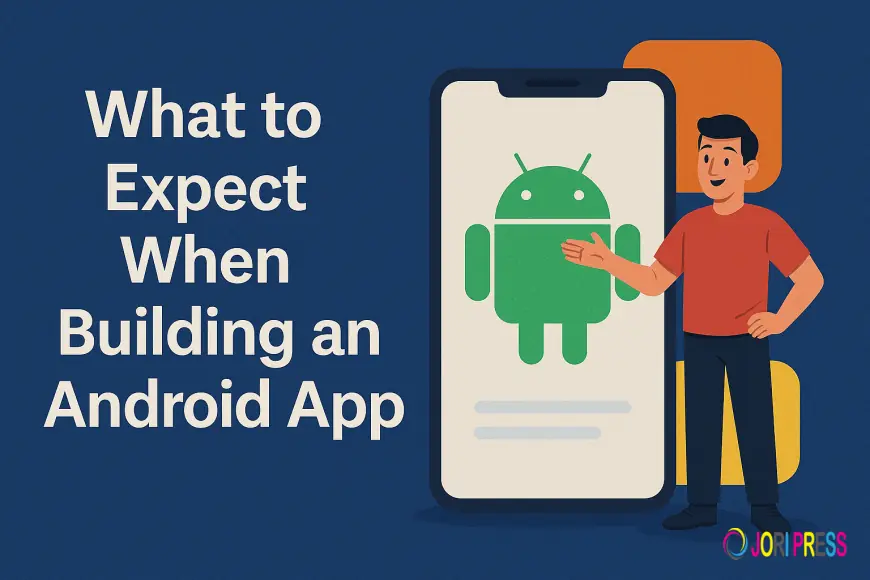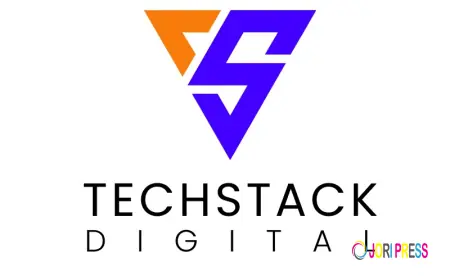What to Expect When Building an Android App in 2025

Thinking about launching an Android app in 2025? Good—you’re entering at the right time. But the process isn’t what it used to be even two years ago. Whether you’re a founder, director, or decision-maker planning to build an app for your business, here’s what the journey realistically looks like in 2025.
We’re not talking fluff. Just the real expectations you should walk in with.
1. Android Development Is No Longer “Just an App Build”
In 2025, you’re not building “an app”—you’re building an experience that has to work across devices, versions, and screen sizes. Phones, foldables, tablets, smart TVs, wearables—it all matters now.
You’ll also notice that teams don’t just jump into coding. There’s planning around:
-
Features that match your business model
-
User journeys that simplify onboarding
-
Scalability from MVP stage to version 2.0
Early clarity = faster launch and fewer rebuilds.
If you're working with a team that offers android application development services expect them to talk strategy before screens.
2. Kotlin + Jetpack Compose Is the New Standard
Developers aren’t wasting time with outdated tech stacks. In 2025:
-
Kotlin is almost universal
-
Jetpack Compose speeds up UI creation
-
Performance and security are handled by default
The benefit for you? Shorter development cycles and cleaner updates.
3. Security Is Now a Priority From Day 1
Expect your tech partner to bring up:
-
Data protection rules
-
Authentication methods (biometric, MFA)
-
Compliance (especially if you’re in fintech, health, or logistics)
Security isn’t optional anymore—it’s built into the development process from the start.
4. AI, Personalization & Automation Are Becoming Expected
User expectations have changed. You’ll likely hear suggestions like:
-
Recommendation engines
-
Predictive UX
-
AI-powered search or support
-
Automation of repetitive tasks
These aren’t “premium add-ons” anymore—they influence retention, engagement, and revenue.
5. Frontend & Backend Are Built in Parallel (Not Later)
A modern Android app doesn’t stand alone. It connects with systems, dashboards, and platforms. That means UI and backend work together from the start.
If you’re planning an admin panel, dashboard, or browser-based controls, your team might plug in front end development services alongside the app build.
6. APIs, Web Platforms & Dashboards Come Into Play
Most Android apps in 2025 don’t launch in isolation. You’ll probably need:
-
API integrations
-
Web or desktop versions for staff/admins
-
Cloud-based storage and sync
That’s where web application development services naturally enter the picture, especially for businesses managing users, logistics, or content behind the scenes.
7. Budgeting Works in Milestones—not One Big Number
You’ll see the timeline broken down like this:
-
Discovery + UX Flow
-
Design
-
Development (MVP or full scale)
-
Testing & Optimization
-
Launch + Support
This structure helps you control cost, make decisions as progress happens, and expand features over time.
8. Launch Is Not the Finish Line—It’s the Start
Expect support needs like:
-
App store approvals (Play Store changes frequently)
-
Post-launch bug fixes
-
Feature updates
-
User feedback iterations
-
Performance monitoring
A strong team preps you for version upgrades, scaling, and support without drama.
9. Timelines Are Faster—But Only If You’re Clear
With AI-assisted workflows, better tooling, and reusable components, you can go live much faster in 2025.
But here’s the catch: founders who delay decisions or keep changing scope still slow projects down. Clarity + good communication = speed.
10. Your First Version Doesn’t Have to Be Your Final Vision
Most founders now start with a scalable MVP, gather feedback, and then invest in the advanced features users actually want.
Think of it as:
✔ Launch lean
✔ Learn fast
✔ Improve strategically
Final Thought
If you’re building an Android app in 2025, expect the process to be more strategic, faster, more integrated with web systems, heavily focused on user experience, and deeply aligned with your business model.
Walk in with a goal—not just an idea—and choose a team that builds for scale, not just launch.
What's Your Reaction?
 Like
0
Like
0
 Dislike
0
Dislike
0
 Love
0
Love
0
 Funny
0
Funny
0
 Angry
0
Angry
0
 Sad
0
Sad
0
 Wow
0
Wow
0



















































